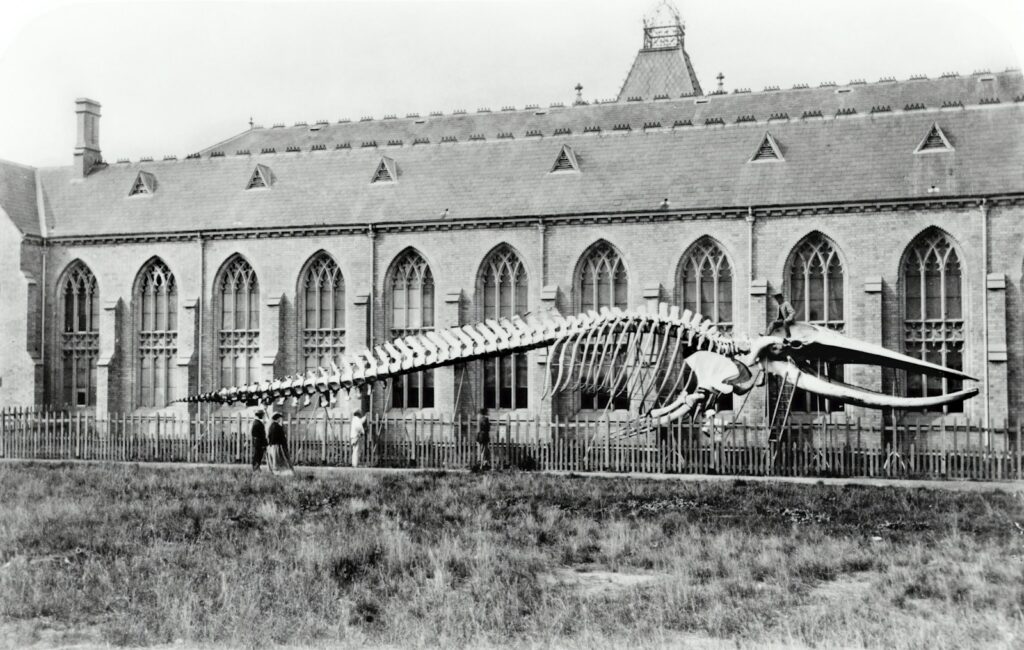Picture this: you’re walking along a babbling creek on a sunny afternoon, casually scanning the rocky banks, when suddenly something catches your eye. A peculiar imprint in the stone, an unusual shape that doesn’t quite belong. Could it be what you think it is? The thrill of discovering an actual fossil, a remnant from millions of years ago, right there in your local waterway seems almost too good to be true. Yet for countless amateur paleontologists and curious explorers, this dream becomes reality more often than you might expect.
The Hidden Treasure Troves Beneath Our Feet

Modern riverbeds and creek banks are surprisingly rich hunting grounds for fossil discoveries, and there’s a fascinating reason why. Water acts like nature’s own archaeological excavator, constantly wearing away layers of sedimentary rock and exposing ancient treasures that have been locked away for millions of years. Every time it rains, every spring flood, every seasonal change gradually peels back another layer of Earth’s history. These waterways don’t just carry pebbles and leaves – they’re literally unveiling prehistoric worlds that existed long before humans walked the planet. The constant erosion creates fresh exposures of fossil-bearing rock formations, making riverbeds some of the most dynamic and productive fossil hunting locations on Earth.
Why Water Makes the Perfect Fossil Detective
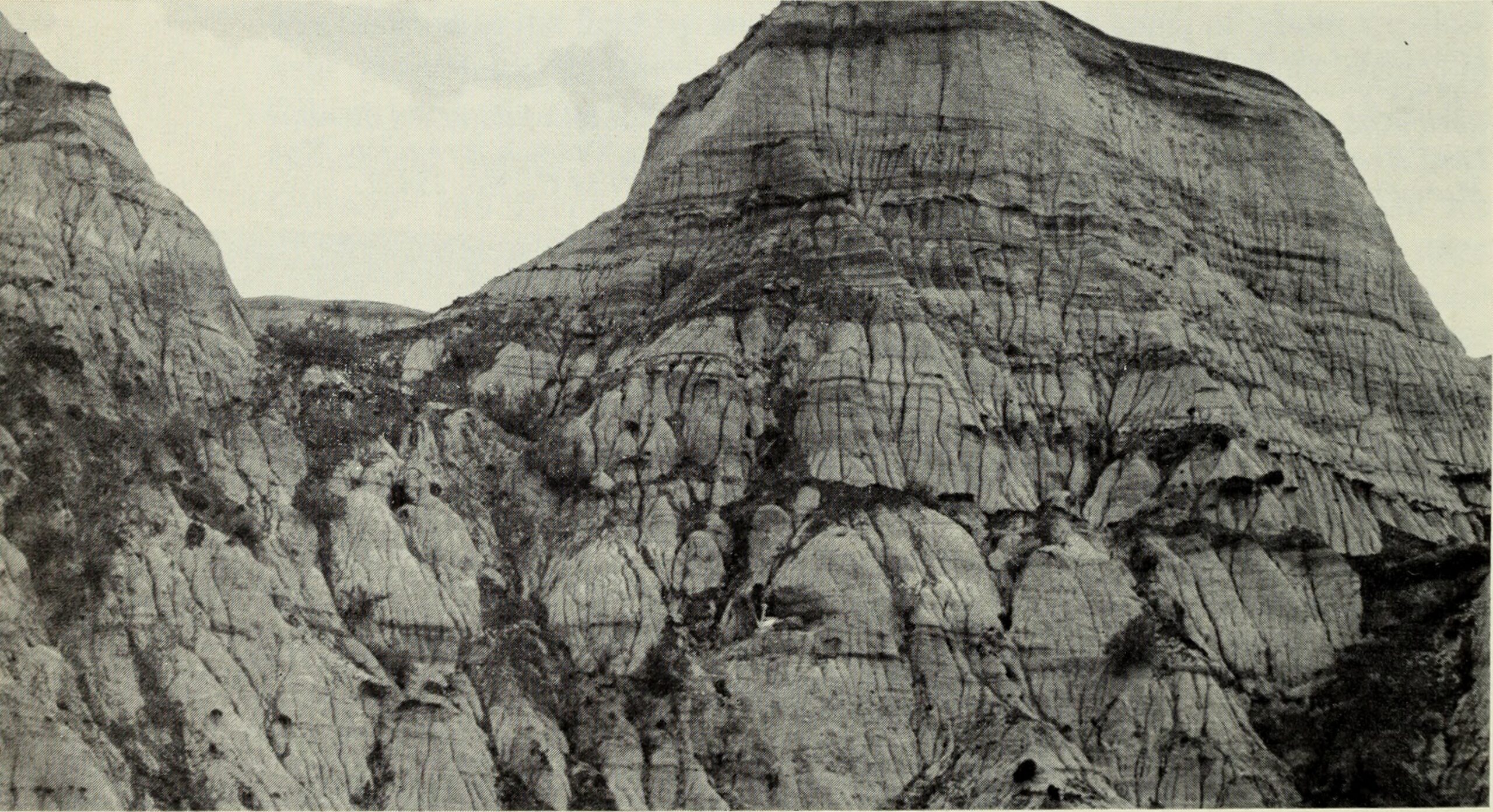
Rivers and creeks possess an almost magical ability to reveal fossils that would otherwise remain buried forever. The flowing water acts like a gentle but persistent chisel, working day and night to break down rock faces and wash away debris. This natural process exposes fresh surfaces where fossils can suddenly appear, sometimes after being hidden for geological ages. Think of it like unwrapping a present that’s been wrapped in millions of layers – each flood, each storm, each seasonal change removes another layer of wrapping. The beauty of this process is that it’s ongoing, meaning new fossils are constantly being revealed as old ones are discovered and collected.
The Science Behind Riverbed Fossil Formation
Understanding how fossils end up in riverbeds requires a journey back through deep time to when these areas were very different environments. Many of today’s creek beds cut through ancient seafloors, lake bottoms, or river deltas where creatures lived and died millions of years ago. When these organisms were buried quickly by sediment, the conditions were perfect for fossilization to occur. Over time, these fossil-rich layers became part of the bedrock that modern waterways now slice through like a knife through cake. The result is a cross-section of ancient life, perfectly preserved and waiting to be discovered by anyone willing to look carefully.
What Types of Fossils You’re Most Likely to Find

Creek beds and riverbeds typically yield certain types of fossils more commonly than others, and knowing what to expect can dramatically improve your success rate. Marine fossils like brachiopods, crinoids, and trilobites are among the most frequent discoveries, especially in areas that were once covered by ancient seas. Plant fossils, including fern impressions and ancient tree remains, often show up in creek banks where coal-bearing rocks are present. Small vertebrate fossils like fish teeth and scales are also common finds, along with the occasional larger specimen that can truly take your breath away. The key is understanding that different geological formations produce different types of fossils, so researching your local area’s geological history can give you valuable clues about what treasures might be waiting.
The Best Times to Search for Maximum Success
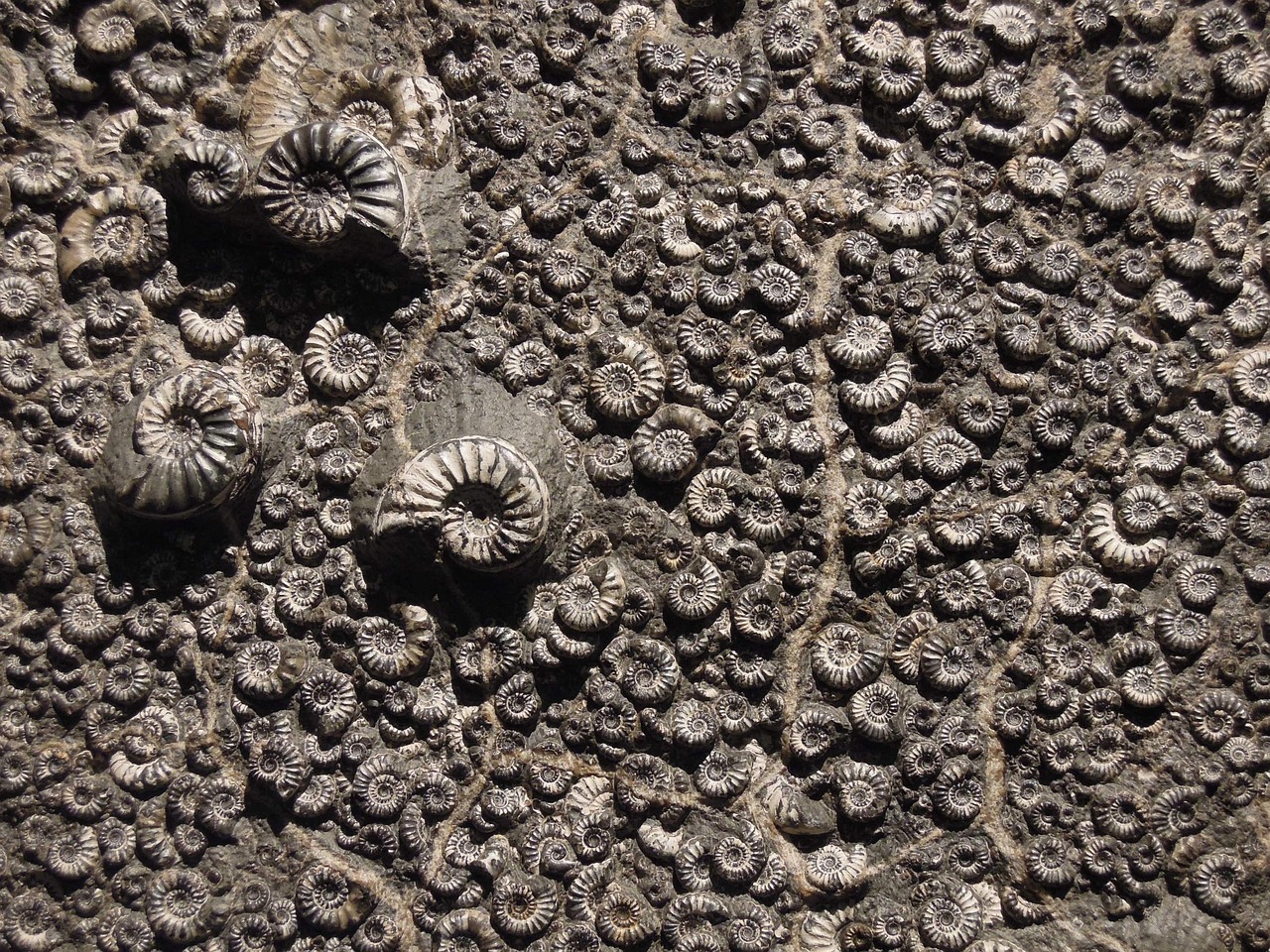
Timing your fossil hunting expeditions can mean the difference between going home empty-handed and making the discovery of a lifetime. Spring is often considered the golden season for creek bed exploration, as winter storms and spring floods have done the hard work of exposing new rock faces and washing away loose debris. The period right after major storms or flooding events is particularly productive, as the turbulent water has the power to reveal fossils that may have been just barely covered. Early morning light can also be crucial, as the low angle of the sun creates shadows that make fossil details pop out dramatically against the rock surface. Many experienced fossil hunters swear by the “golden hour” just after sunrise, when every texture and detail is highlighted perfectly.
Essential Tools That Every Creek Fossil Hunter Needs
Successful fossil hunting requires more than just keen eyes – having the right tools can transform your expedition from frustrating to incredibly rewarding. A small geology hammer is essential for carefully extracting specimens from their rocky matrix, while a set of chisels in various sizes helps with delicate work around fragile fossils. A sturdy collection bag or backpack with padded compartments protects your finds during transport, and a magnifying glass reveals details that might otherwise go unnoticed. Don’t forget a camera to document your discoveries in their original position, as this information can be scientifically valuable later. Perhaps most importantly, bring along a field notebook to record exact locations, rock formations, and associated fossils – this data transforms a simple collection into a genuine scientific contribution.
Reading the Rocks: Understanding Geological Clues

Learning to “read” the rocks in creek beds is like developing a superpower that reveals hidden secrets about ancient worlds. Sedimentary rocks, particularly limestone, shale, and sandstone, are the most likely to contain fossils, and each type tells a different story about past environments. Limestone often indicates ancient marine environments rich in sea life, while shale suggests quieter waters where delicate organisms could be preserved intact. The color, texture, and layering of rocks provide additional clues – darker rocks often contain more organic material and better-preserved specimens. Understanding these geological signatures helps you focus your search efforts on the most promising areas rather than wandering aimlessly along miles of creek bed.
Safety First: Protecting Yourself While Fossil Hunting
Creek bed exploration can be incredibly rewarding, but it also comes with unique risks that every fossil hunter must understand and respect. Unstable creek banks can collapse without warning, especially after heavy rains or during spring thaw periods. Always test the stability of any bank before climbing or excavating, and never hunt alone – having a partner ensures someone can get help if an accident occurs. Weather conditions can change rapidly near waterways, so check forecasts carefully and be prepared to leave quickly if storms approach. Creek beds can also harbor unexpected hazards like deep pools, slippery rocks, or unstable footing, so appropriate footwear with good traction is absolutely essential for safe exploration.
Legal Considerations and Ethical Fossil Collecting
Before you start swinging that geology hammer, it’s crucial to understand the legal and ethical landscape surrounding fossil collecting on public and private lands. Many state parks, national forests, and private properties have strict regulations about fossil collection, with some areas completely off-limits to amateur collectors. Always research local laws and obtain proper permits when required – ignorance of the law is no excuse and can result in hefty fines or legal troubles. When collecting is permitted, follow the principles of ethical paleontology: take only what you need, document your finds properly, and consider donating significant discoveries to local museums or universities. Remember that fossils are irreplaceable scientific resources, and destroying sites through careless collecting robs future generations of these incredible windows into the past.
Identifying Your Discoveries: From Mystery to Marvel
Finding a potential fossil is exciting, but identifying exactly what you’ve discovered can be the most rewarding part of the entire experience. Start by photographing your specimen from multiple angles and measuring its dimensions carefully before attempting any cleaning or preparation. Field guides specific to your region’s geology and paleontology are invaluable resources for making preliminary identifications. Local fossil clubs, university geology departments, and natural history museums often provide identification services or can connect you with experts who specialize in your area’s fossil record. Don’t be discouraged if identification takes time – even experienced paleontologists sometimes need to consult with colleagues or reference collections to properly identify unusual specimens.
Preserving and Preparing Your Fossil Finds

Proper preparation and preservation of your fossil discoveries ensures they’ll remain intact and beautiful for years to come. Begin by gently cleaning away loose dirt and debris using soft brushes and water, but avoid harsh chemicals or aggressive scrubbing that might damage delicate features. For specimens embedded in hard rock, mechanical preparation using small chisels and dental picks requires patience and practice – rushing this process often results in damaged or destroyed fossils. Some fossils benefit from consolidation with special glues or hardeners to prevent cracking and deterioration over time. Consider photographing each stage of preparation, as this documentation can be valuable for scientific purposes and helps you track your developing skills as a preparator.
The Most Famous Creek Bed Fossil Discoveries

Some of the world’s most significant paleontological discoveries have come from seemingly ordinary creek beds and riverbeds, proving that amateur collectors can make truly groundbreaking finds. The famous Burgess Shale fossils were first discovered in creek beds in the Canadian Rockies, revealing incredibly detailed soft-tissue preservation from over 500 million years ago. In Kansas, creek beds have yielded spectacular marine reptile fossils from ancient seas, including complete plesiosaur and mosasaur skeletons that grace museums worldwide. Even Charles Darwin collected fossils from creek beds during his famous voyage on the HMS Beagle, including giant ground sloth remains that helped shape his theories about evolution. These discoveries remind us that the next major paleontological breakthrough might be waiting in your local creek, just waiting for the right person to notice it.
Building Connections with the Fossil Hunting Community
Joining local fossil clubs and paleontological societies can transform your solo expeditions into incredible learning experiences shared with like-minded enthusiasts. These organizations often organize group collecting trips to productive locations, provide expert guidance for beginners, and offer opportunities to share your discoveries with others who truly appreciate their significance. Many clubs maintain libraries of geological maps, field guides, and reference materials that can help you identify promising collecting areas in your region. The friendships formed through shared fossil hunting adventures often last a lifetime, built on the common thrill of discovery and the wonder of holding pieces of ancient worlds in your hands. Don’t underestimate the value of learning from experienced collectors – their knowledge and enthusiasm can accelerate your development as a fossil hunter exponentially.
Contributing to Scientific Knowledge Through Citizen Science
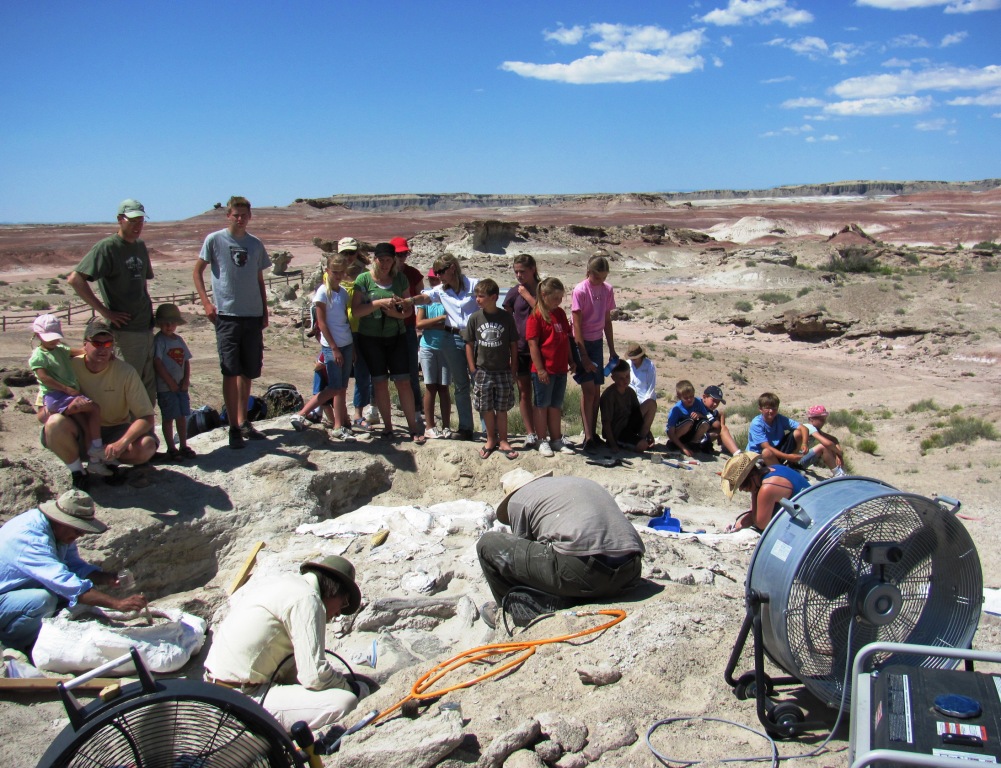
Your creek bed fossil discoveries can make genuine contributions to scientific understanding, even if you’re not a professional paleontologist. Many universities and museums actively collaborate with amateur collectors, using their finds to fill gaps in the fossil record or to better understand ancient ecosystems. Careful documentation of your collecting locations, associated rock formations, and other fossils found nearby provides valuable ecological and environmental data that enhances the scientific value of your specimens. Some fossil hunters have even had new species named after them based on their careful collecting and generous donations to scientific institutions. The key is approaching your hobby with a scientific mindset – treating each discovery as a piece of evidence in the grand puzzle of Earth’s history rather than simply as an interesting collectible.
The Future of Creek Bed Fossil Hunting
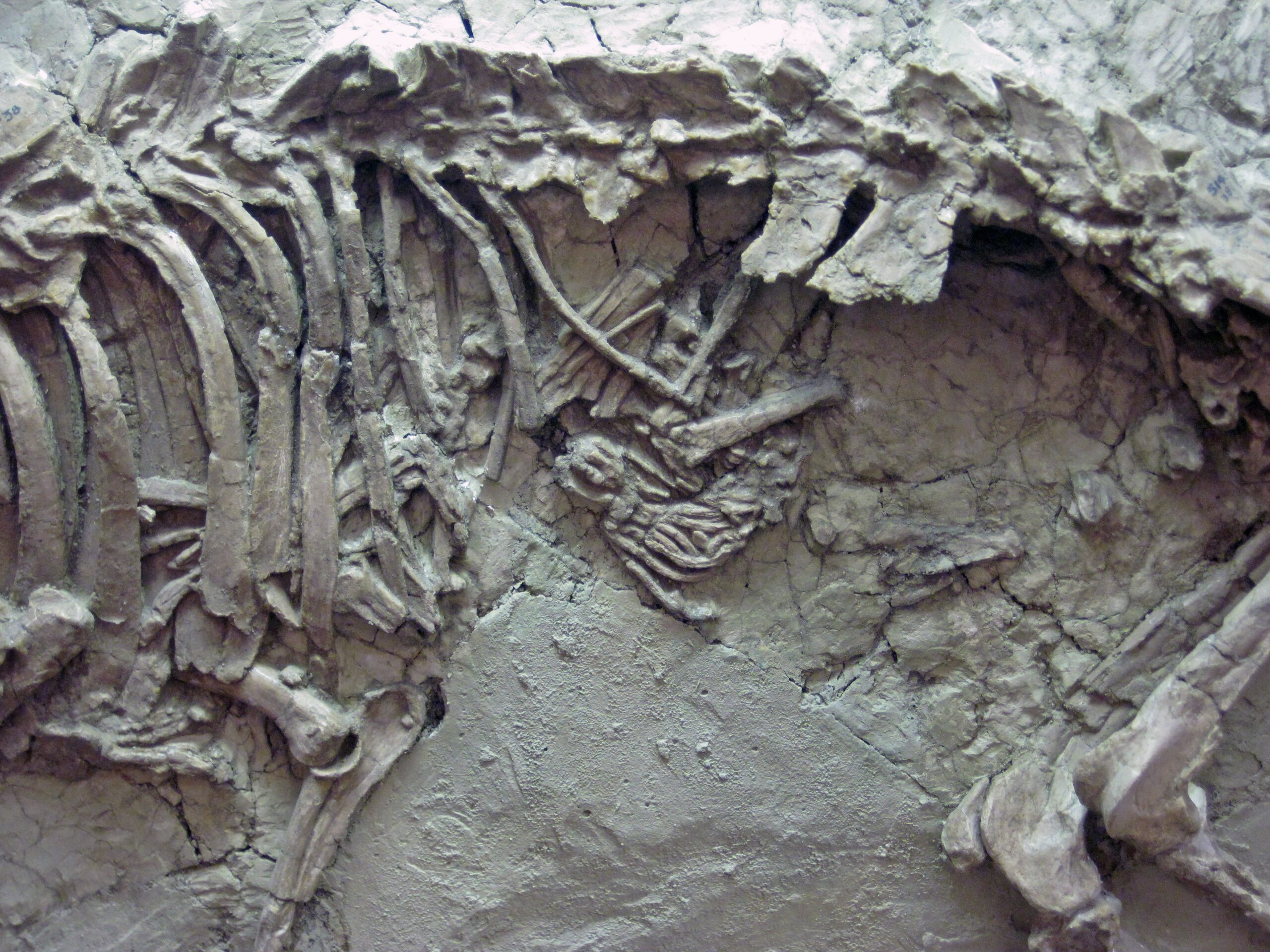
As climate change and human development continue to alter landscapes around the world, the nature of creek bed fossil hunting is evolving in fascinating ways. Increased storm intensity and changing precipitation patterns are creating new exposures in some areas while destroying others, making timing and adaptability more crucial than ever. Advanced technologies like portable GPS units, digital photography, and even smartphone apps for geological mapping are revolutionizing how amateur collectors document and share their discoveries. The growing emphasis on citizen science means that careful amateur collectors are becoming increasingly valuable partners in professional paleontological research. However, the fundamental thrill of discovery remains unchanged – that moment when you realize you’re the first person to see a particular creature that lived millions of years ago will always be one of the most profound experiences available to curious humans.
Conclusion
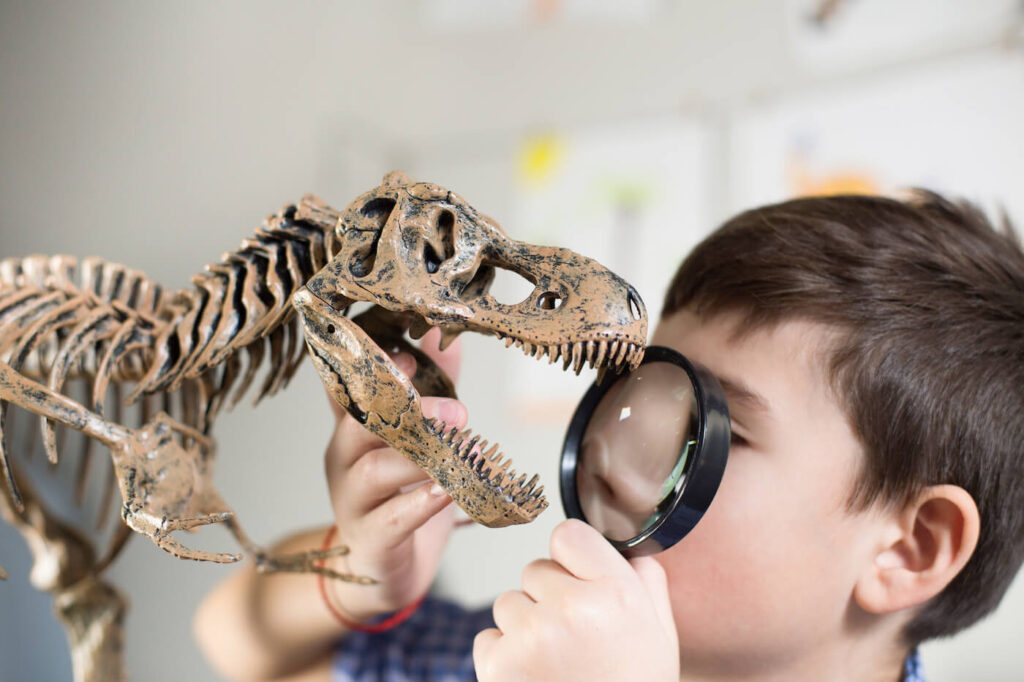
The ancient worlds preserved in our local creek beds represent some of the most accessible windows into Earth’s incredible prehistoric past. Every fossil discovery, no matter how small, connects us directly to vanished ecosystems and extinct creatures that once dominated our planet. The next time you’re walking beside a babbling creek, remember that you’re not just enjoying a peaceful natural setting – you’re strolling through a museum where the exhibits have been curated by millions of years of geological processes. Who knows what incredible discoveries might be waiting just beneath your feet, ready to rewrite your understanding of the ancient world?



